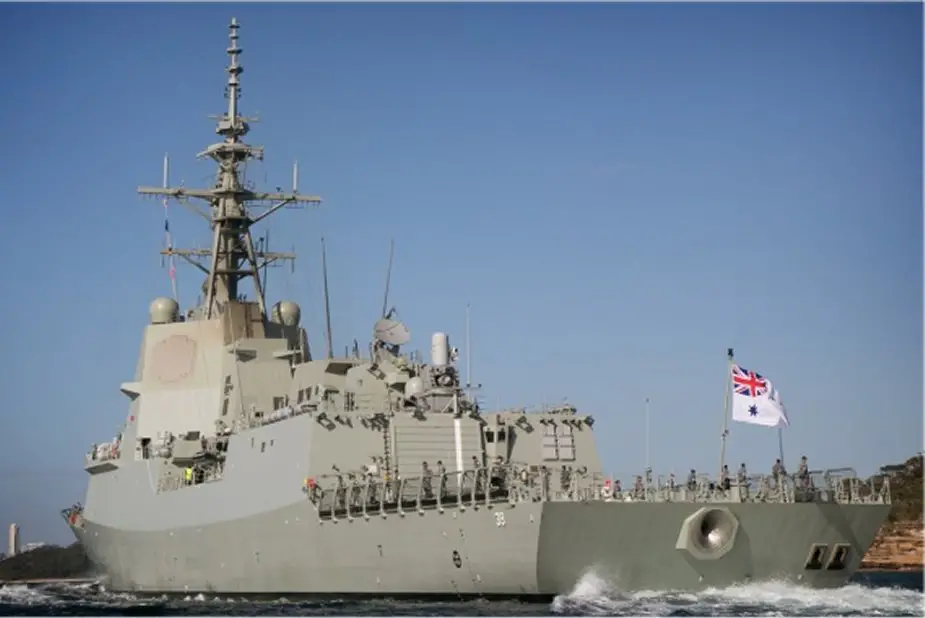Breaking news
BAE Systems to equip Hobart class destroyers with IAMS system.
According to a press release published by BAE Systems Australia on June 10, 2021, the company will introduce technologies to enable strategic data-driven decision-making in real-time across the Hobart Class Destroyer Enterprise.
Follow Navy Recognition on Google News at this link
 Hobart class destroyer HMAS Hobart (Picture source: BAE Systems)
Hobart class destroyer HMAS Hobart (Picture source: BAE Systems)
The Destroyer Enterprise supports the three Hobart Class destroyers HMAS Brisbane, HMAS Sydney, and HMAS Hobart at their base at Fleet Base East, Garden Island, NSW, and is responsible for sustaining the three warships and transitioning them into service.
BAE Systems is the Managing Contractor of the Destroyer Enterprise, which includes Navantia Australia, Raytheon, Thales, CASG, and the Royal Australian Navy (RAN). The company, as the Managing Contractor, has recently received a one-year extension to its Hobart Class Destroyer Transition Support Period Contract.
BAE Systems’ Integrated Asset Management System (IAMS) is a new technology that provides a connected data-driven environment that brings people, processes, and technology together within a sustainment delivery enterprise.
IAMS has already been introduced to the Hydrographic In Service support team as a pilot and is scheduled to be introduced to the destroyer enterprise in 2022. This will be a major step towards enabling a digitally-driven end-to-end sustainment capability for the Royal Australian Navy.
The Hobart class is a ship class of three air warfare destroyers (AWDs) built for the Royal Australian Navy (RAN).
Each destroyer will have a length overall of 147.2 metres (483 ft), a maximum beam of 18.6 metres (61 ft), and a draught of 5.17 metres (17.0 ft). At launch, the ships will have a full-load displacement of 6,250 tonnes (6,150 long tons; 6,890 short tons). The Hobarts have been designed to allow for upgrades and installation of new equipment, with a theoretical maximum displacement of 7,000 tonnes (6,900 long tons; 7,700 short tons).





























